Activity
Write a New Ending
Knowing how to use quotation marks to write character dialog is an important skill for developing writers. Here's a fun way to get your child writing speech.
Grade:
Subjects:
English Language Arts
Writing
Grammar and Mechanics
Writing Organization
Colons and Semicolons
Quotations
Conclusion
Thank you for your input.
What You Need:
- Pencil
- Paper
- Book of child's choice
What You Do:
- Go over the rules for commas and periods with your child. Need a refresher? The general rule is that commas and periods should be inside the quotation marks at all times, while all other forms of punctuation, such as question marks, colons, semicolons, and exclamation points, should be outside the quotation marks, unless they were contained in the original quotation. For example: "He likes to talk about football," she said, "especially when the Super Bowl is coming up." This is not to be confused with these other uses of commas:
- Titles of short or minor works, such as songs, short stories, essays, short poems, one-act plays, and other literary works that are shorter than a three-act play or a complete book.
- Titles of parts of larger works, such as chapters in books; articles in newspapers, magazines, journals, or other periodical publications; and episodes of television and radio series.
- Have your child take a look at the use of character dialog in his favorite book or story. Ask him to point out examples of how the author correctly used quotation marks and commas.
- Now put this skill to good use: have your child compose an alternate ending to the book or story, rich with lines of character dialog requiring, you guess it, quotation marks and commas! Then have your child put this skill into practice by having them compose an alternate ending to their favorite book!
- When finished, read the new ending together with your child to be sure he used quotation marks and commas properly.
Related learning resources

"Yellow Pages" for a New Neighbor
Activity
"Yellow Pages" for a New Neighbor
Here's an activity that takes fourth grade reading and writing skills beyond the classroom to offer a warm welcome to a new neighbor.
4th Grade
Activity
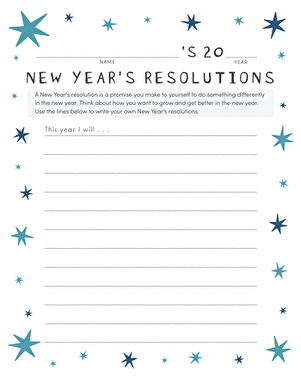
New Year's Resolutions
Worksheet
New Year's Resolutions
Set goals for the year ahead with this New Year's resolutions template!
2nd Grade
Worksheet

New Year's Writing Prompt
Worksheet
New Year's Writing Prompt
Get ready to ring in the New Year with a fun writing prompt, all about New Year's resolutions. This is a good way to build paragraph-writing skills.
4th Grade
Worksheet

How to Write a Love Song
Activity
How to Write a Love Song
See how to write a love song simply in this kid-focused tutorial. Learn how to write a love song for Valentine's Day and beyond.
4th Grade
Activity
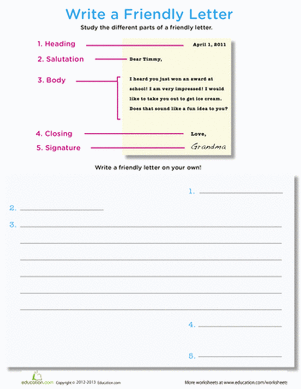
How to Write a Friendly Letter
Worksheet
How to Write a Friendly Letter
E-mail is here to stay, but that doesn't mean kids shouldn't learn how to write a friendly letter.Teach your child how to write a letter to a friend.
4th Grade
Worksheet
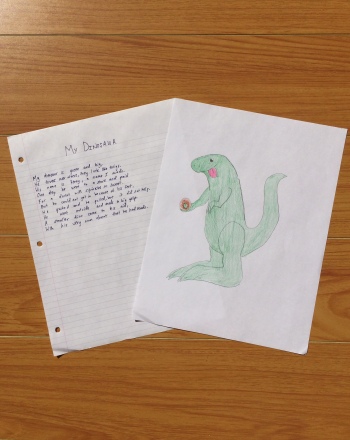
Write a Silly Dinosaur Poem
Activity
Write a Silly Dinosaur Poem
Help build vocabulary and foster your kid's creative side by having her write a poem all about dinosaurs!
4th Grade
Activity

Write a Thanksgiving Proclamation!
Activity
Write a Thanksgiving Proclamation!
Helping your child write their own "Thanksgiving Proclamation" can help them grasp the spirit of the day, and develop more of an attitude of gratitude.
4th Grade
Social studies
Activity

Write a Bushido Backstory
Worksheet
Write a Bushido Backstory
Bushido is a Japanese word meaning "way of the warrior." It's up to your child to write the story of this super samurai.
4th Grade
Worksheet
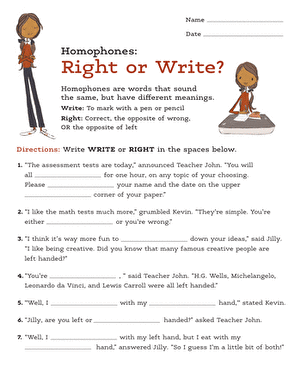
Homophones: Write or Right?
Interactive Worksheet
Homophones: Write or Right?
Learners will work closely with two common homophones, write and right, in this grammar worksheet.
4th Grade
Interactive Worksheet

Spring Reflective Writing Prompt #1: New Beginnings
Worksheet
Spring Reflective Writing Prompt #1: New Beginnings
Get students thinking deeply with this spring-themed writing prompt about new beginnings!
4th Grade
Worksheet
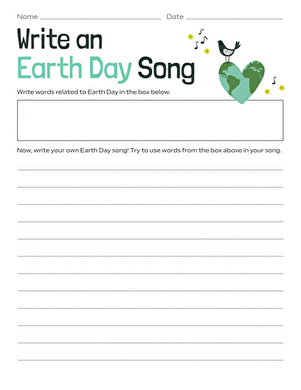
Write an Earth Day Song
Worksheet
Write an Earth Day Song
Learners will write an original song for planet Earth in this fun songwriting prompt.
2nd Grade
Worksheet
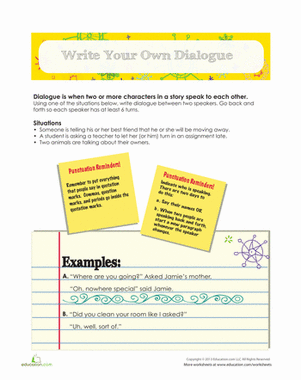
How to Write Dialogue
Worksheet
How to Write Dialogue
Learn how to write dialogue with this writing activity that, in the long run, will help you better understand literature.
4th Grade
Worksheet
See this activity in a set:
9 Ways to Build a Better Writer



